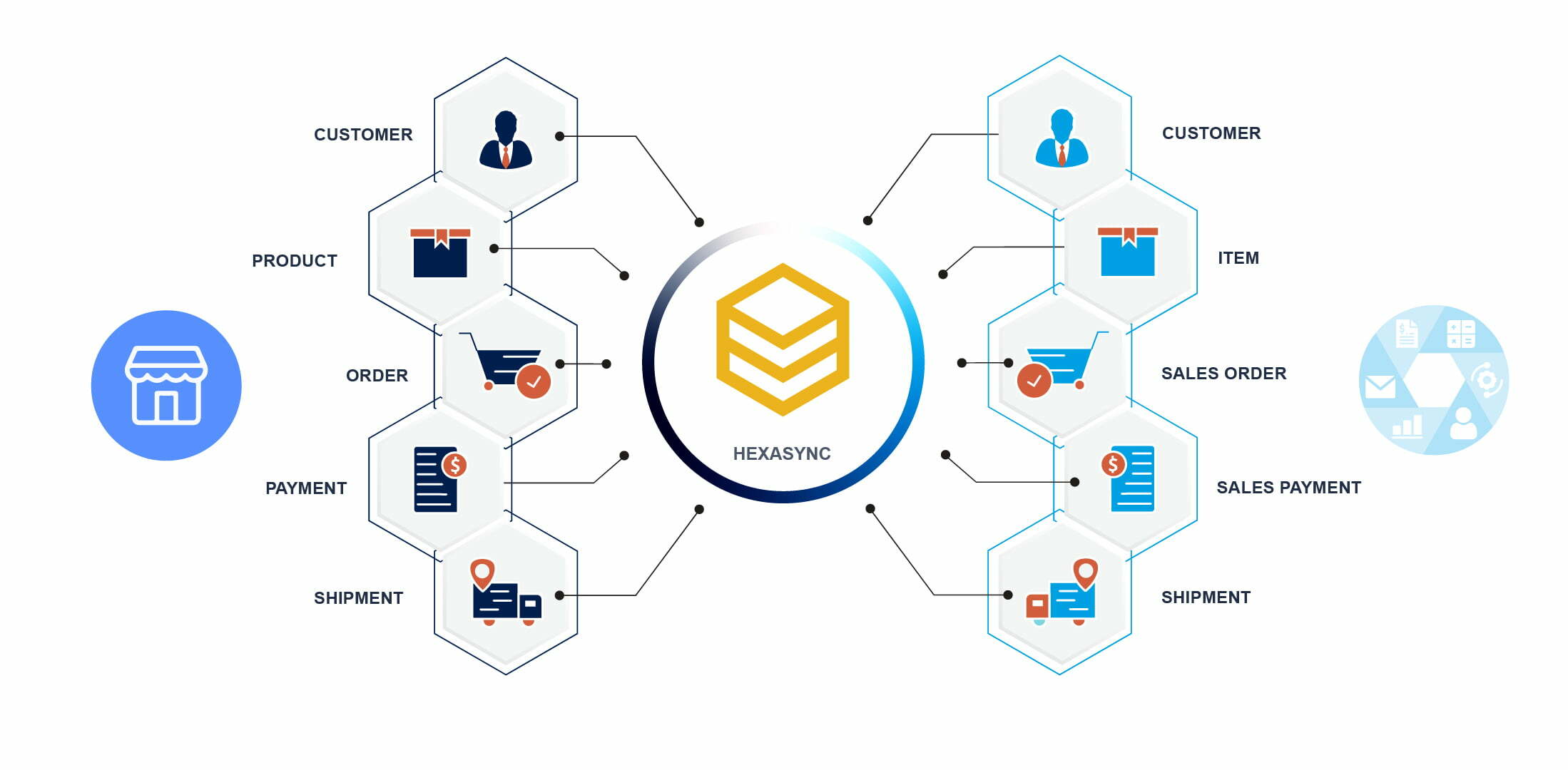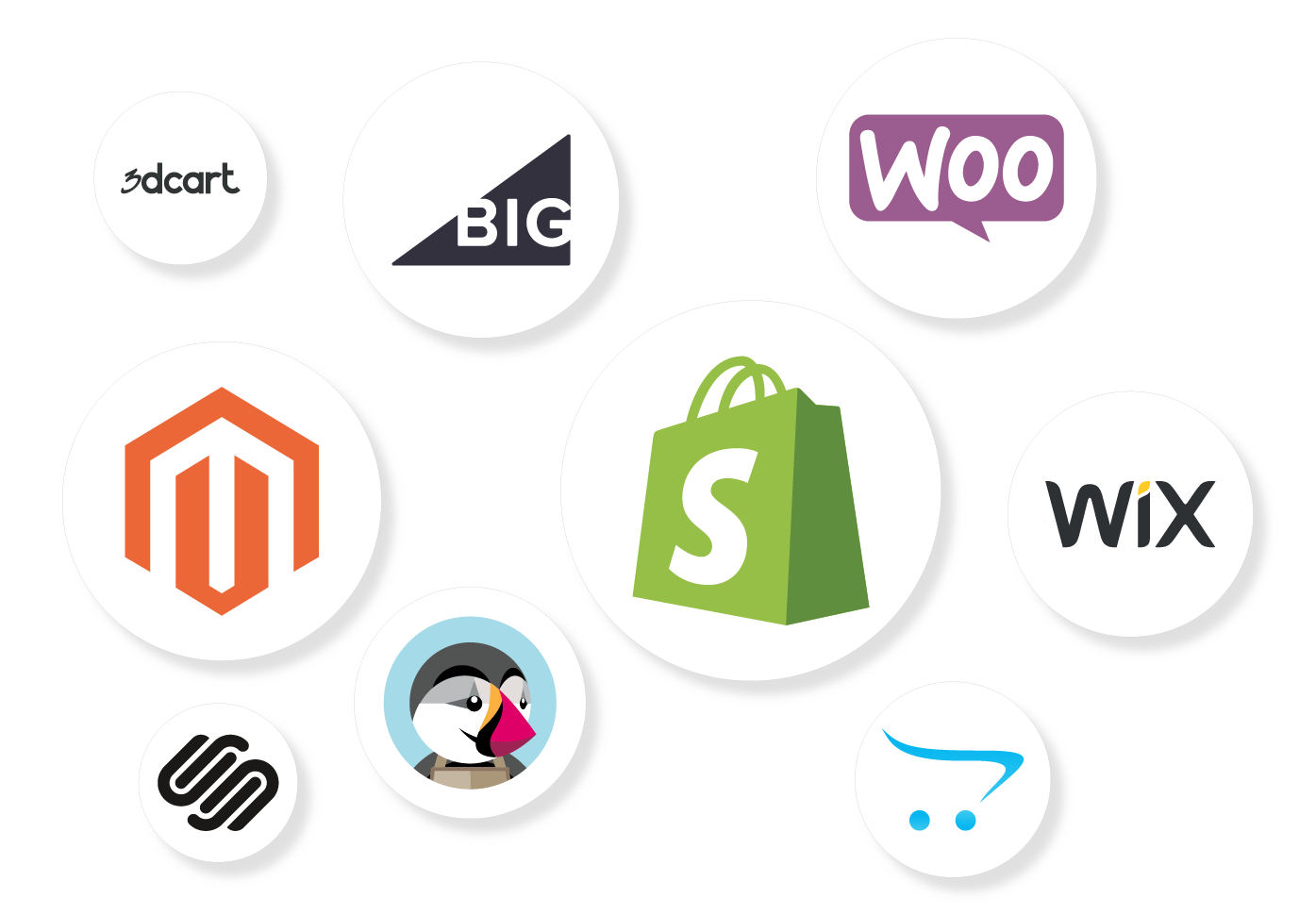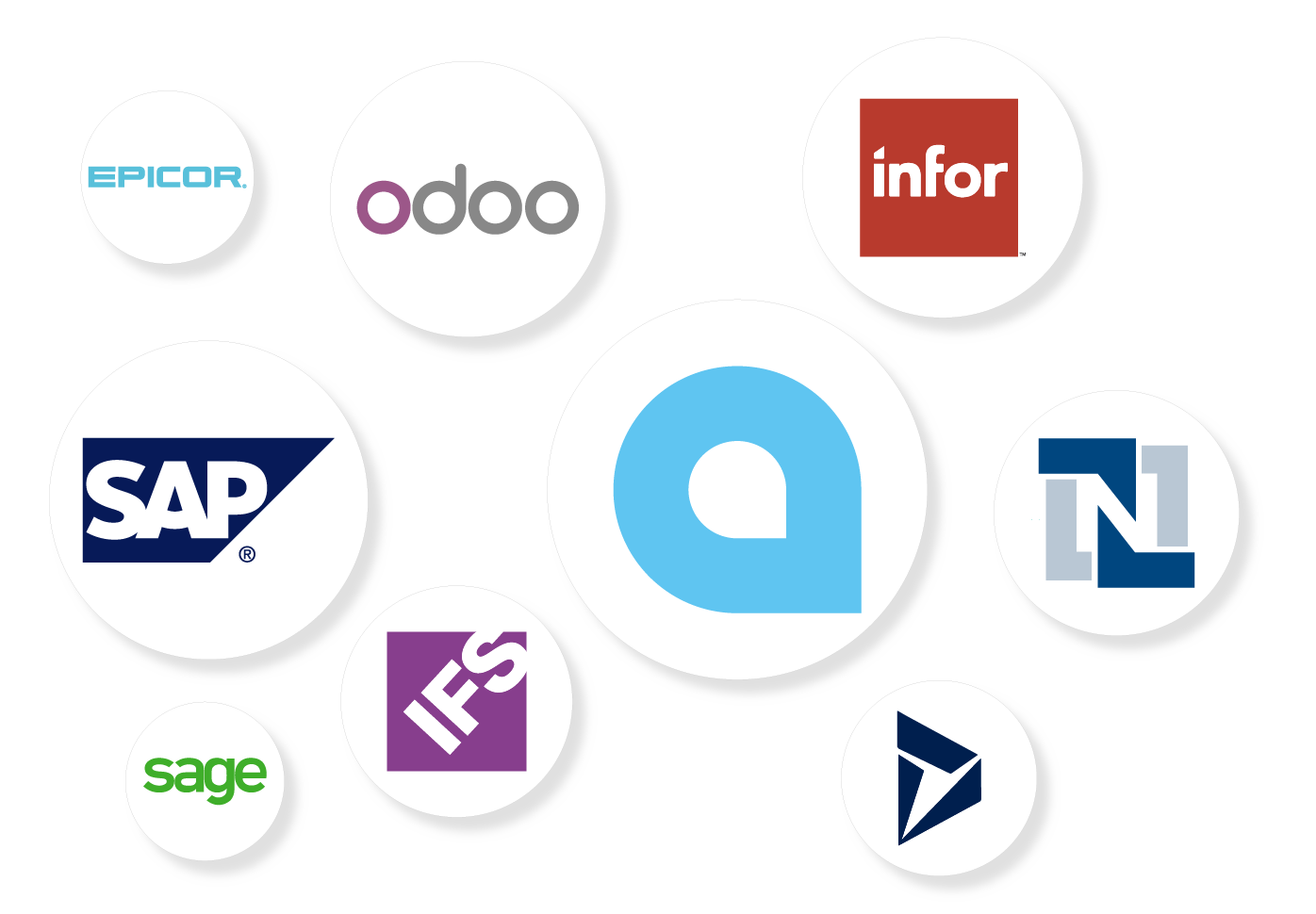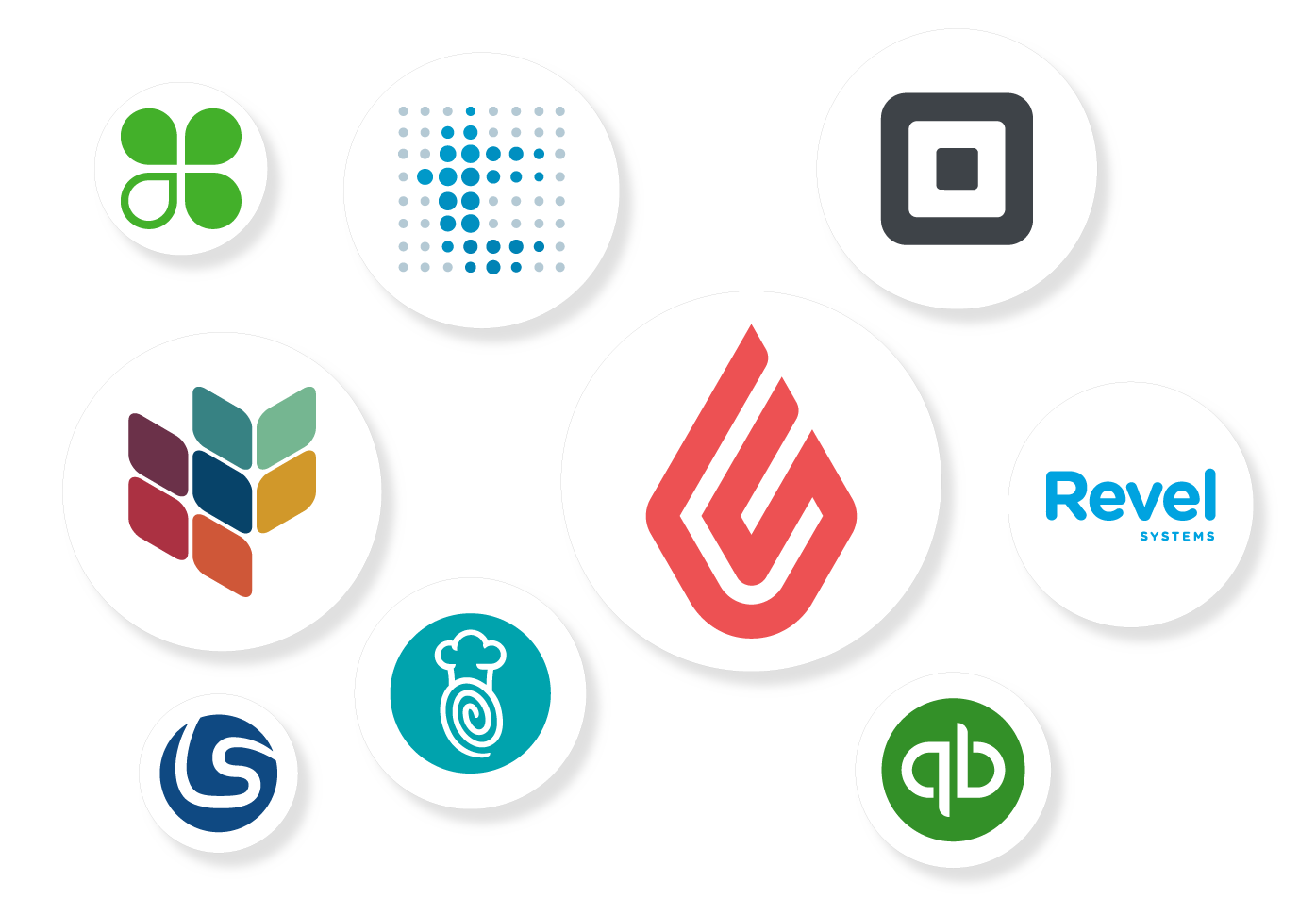- HexaSync Platform
- Integrations
Ecommerce Integration
Accounting Integration
- Company
- Partners
Easily automate and streamline your Marketplace operation with our fully managed middleware platform; our Hexasync stays between Marketplace and ERP, eCommerce, CRM, POS, BI, and Accounting systems that help free your resources from tasks like updating inventory information and managing orders and refunds, so that your company could focus on effectiveness and revenue.

People say that data integration is complex but our products is designed to eliminate all these hurdles in the shortest time by adopting agile development process inside of their builtin features
We enable some simple configuration steps to access your data source and destination to review the necessary data like products, customers and orders.
Try to sync a single data point like to creating a new product, updating its stock or creating a new customer to see how the system work.
Turn the runtime service to enable real-time data sync then monitor the data flow between the marketplace and others applications.








The eCommerce marketplace integration flow unifies all data flows between marketplaces and inventories into a single dashboard, making it simple to complete all necessary tasks.
The marketplace integration allows merchants to do order-related tasks such as accept, reject, ship, and remove orders from a single centralized location. By removing the majority of the manual procedures, the eCommerce marketplace integration simplifies the laborious process.
It automates the complete workflow, including operations like product upload, order management, figure adjustments, and so on, to streamline the entire process.

Marketplace and customer relationship management (CRM) applications will work together to provide a personalized customer experience.
Integration helps your marketplace to dig deep into data and have a better understanding of your clients. Your marketplace will be able to provide a more delightful experience as a result of this knowledge. Furthermore, based on these data, you will construct a highly optimized sales funnel.
Additionally, CRM marketplace integration provides website users with a profile, making them no longer anonymous. This allows you to follow their activity and experience over time in order to target them with remarketing campaigns.
In order to build a seamless operation, ERP systems and the marketplace need to work together. Integrating your ERP systems ensures data consistency and visibility, which boosts team productivity and improves consumer satisfaction.
Businesses can greatly streamline and simplify processes, even with multiple locations, by combining sales transactions and customer data with catalog, inventory, payments, purchasing, accounting, and workforce management. At the same time, they gain access to real-time, integrated data that will help them make better decisions.


You may need to update to an integrated point of sale system depending on your existing circumstances. This is a point-of-sale system that can process orders and transactions both online and offline.
You’ll receive a broad perspective of your clients and business by combining your offline and online channels into one POS, eliminating the hassle of manually adding up figures.
You won’t have to worry about overselling things or cutting your clients’ orders if you have a direct line of sight to inventories. If you wish to operate a buy-online-pickup-in-store (BOPIS) or click-and-collect business, this is especially critical. Customers need to know that the item they ordered for pick-up will be available when they arrive at your store.
Integration of marketplace with CRM systems removes the need for staff to conduct redundant duties like data entry, streamlines time-consuming but necessary analysis, and automates many procedures for increased efficiency and fewer human error.
Sales, timesheets, inventory, and other data can all be synced with accounting integrations. It will also enable your customers to move in and out more quickly. When it comes to educating new hires on how to use the system, a fully integrated system would save you time.

Point to Point Integration is a light way for starting an integration project but when things are getting more complex like the problem of synchronizing data between an Acumatica ERP software and othersapplications.

Message queues can significantly simplify coding of decoupled applications, while improving performance, reliability and scalability.

We enable EAV design pattern for Data Modeling

Hexasync can help you gain visibility into the status of all your customers’ orders— even if you’re omnichannel and sell through physical stores and warehouses as well as online.

Data quality is the most important thing for any data project, we know it and built a lot of validators to make sure you have consistent data between Acumatica and your applications

We offer single cell of data to be mapped between the systems to maintain high quality data management

By keeping your business in sync in real-time, you can make sure the right information is always available in all your tools, so you won’t ever have to manually enter the same data over and over again.

Digital Transformation is an interesting topic. Our Integration solution can help you connect modern Acumatica ERP software with your Legacy applications to make sure you can have great performance with the fewer hurdles of replacing ERP software

Product quantity is changed frequently while Product Name is hardly never changed, why they should be synced at the same time?

You always want to know, which item synced, when an item was synced, why an item was not synced. Our transactions logging and monitoring help you answer all of these questions
A marketplace is a place where sellers can come together to sell their wares or services to a select group of customers. A marketplace owner’s job is to bring together the proper vendors and customers to generate sales through an outstanding multi-vendor platform – suppliers have a location to gain awareness and sell their items, while the marketplace owner earns a commission on each sale.
Online marketplaces are becoming increasingly popular as the cost of launching an eCommerce business has never been lower. Amazon, Etsy, Walmart, eBay, Wayfair, and Chewy are just a few examples of eCommerce websites that have proven popular among retailers.
There is so much to consider while running an online store: inventory management, site management, customer support, marketing, sales, social media, content, and so on.
When operating a marketplace, on the other hand, the primary goal is to provide the greatest platform for the users: marketplace merchants and the buyers to whom they sell. There is a lot less on the plate for entrepreneurs who use a cutting-edge marketplace SaaS solution to handle the technological aspect of the marketplace. This allows them to concentrate entirely on providing value to their users and optimizing the marketplace to fit their demands. Here are what you can expect from a marketplace:
The eCommerce marketplace integration simplifies the process by removing the majority of the manual tasks. It automates the entire workflow, which includes operations like product upload, order administration, and figure adjustments, among others. The integrated marketplace also has a number of other benefits, including:
Developers integrate the marketplace via programming to enable information synchronization. This ensures that online and in-store applications are constantly updated with real-time data to ensure that workers can complete their tasks accurately. As a result, if a customer makes an online purchase, the transaction alerts link in-store systems and vice versa, avoiding stockouts and backorders.
Instead of struggling with Marketplace integration, we recommend trying our product Hexasync. We can save your business a lot of time and resources, so you can focus on what really matters.
We will help businesses assess their resources and see if what type of integration is feasible. It can easily interact with similar applications whether the services have an application program interface (API) or are API compliant.
Integration costs vary depending on the provider, company type, and add-ons. In addition, if a company wants to integrate existing processes, the amount of work required to do so depends on the number of changes. Re-engineering legacy systems to work with integration components can incur additional costs. Custom integration can be complex and expensive. In the end, the cost of integration is determined by the provider, the complexity of the systems, and the required features.
| Cookie | Duration | Description |
|---|---|---|
| cookielawinfo-checkbox-analytics | 11 months | This cookie is set by GDPR Cookie Consent plugin. The cookie is used to store the user consent for the cookies in the category "Analytics". |
| cookielawinfo-checkbox-functional | 11 months | The cookie is set by GDPR cookie consent to record the user consent for the cookies in the category "Functional". |
| cookielawinfo-checkbox-necessary | 11 months | This cookie is set by GDPR Cookie Consent plugin. The cookies is used to store the user consent for the cookies in the category "Necessary". |
| cookielawinfo-checkbox-others | 11 months | This cookie is set by GDPR Cookie Consent plugin. The cookie is used to store the user consent for the cookies in the category "Other. |
| cookielawinfo-checkbox-performance | 11 months | This cookie is set by GDPR Cookie Consent plugin. The cookie is used to store the user consent for the cookies in the category "Performance". |
| viewed_cookie_policy | 11 months | The cookie is set by the GDPR Cookie Consent plugin and is used to store whether or not user has consented to the use of cookies. It does not store any personal data. |